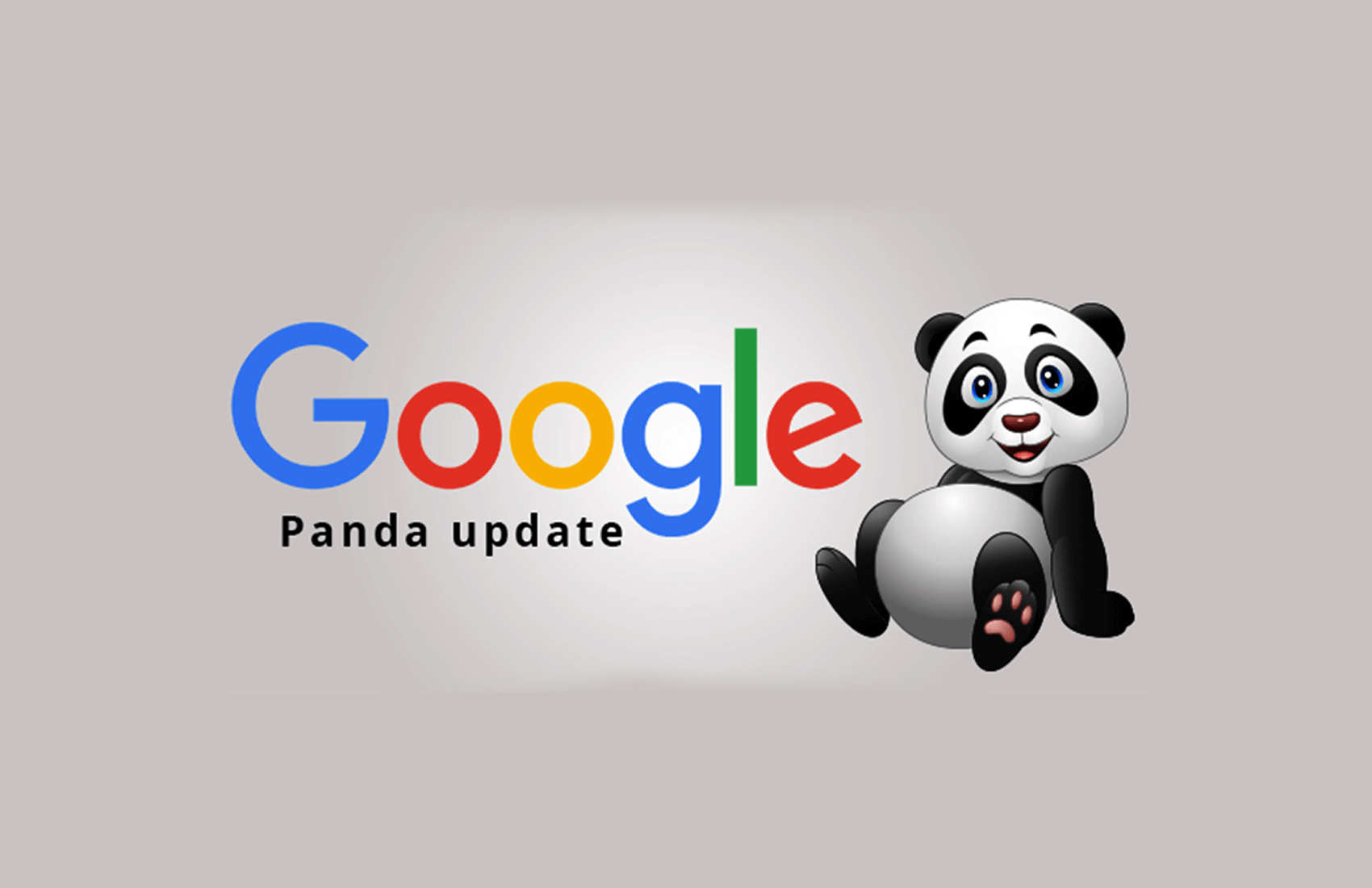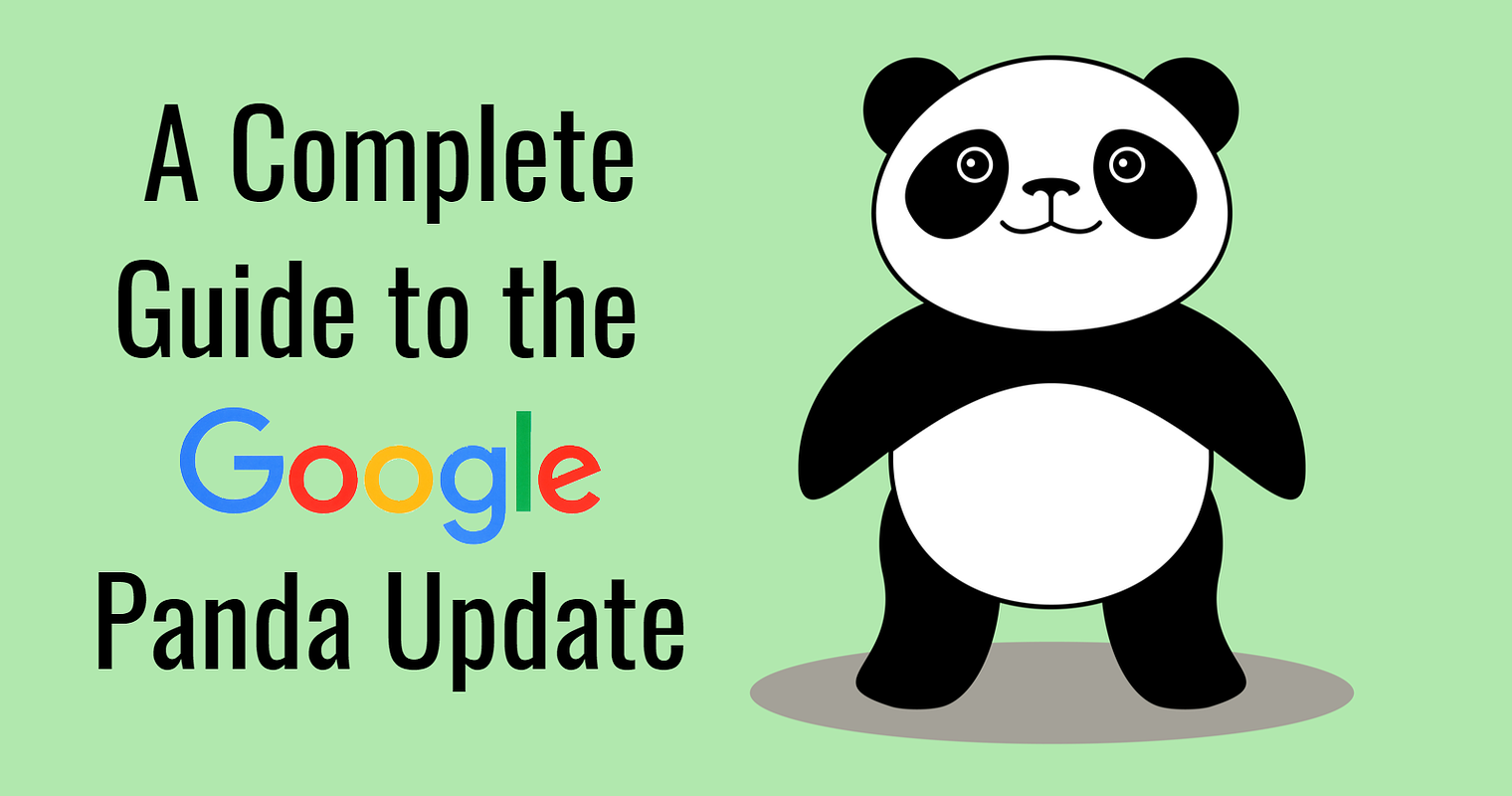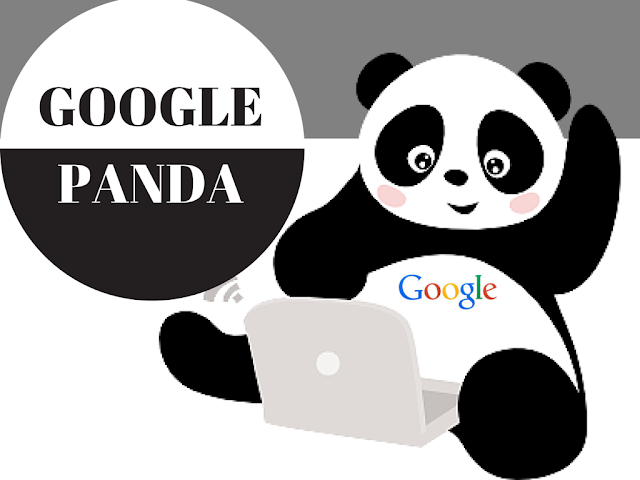Do you know about Google Panda? Learn all about Google Panda and its updates. Look over why google panda launched, learn all about the algorithm.
A major update that impacted Google’s search results algorithm ranking, the algorithm first introduced in February 2011. Google Panda fragment of Google’s quest to stop black hat SEO strategy and thesaurus.
Prominent users of Google registered complaints regarding the increasing impact of “content outsource” gained the upright position. Along with the Google Panda Algorithm to allocate pages a standard categorization, utilized inside and customized after users quality ratings. Indeed, these were included and used for providing a ranking factor.
Recently in 2021, you can have a look now at how beneficial it is to produce quality content that provides users with a startling experience. Moreover, Satisfying users’ experience is Google’s foremost priority.
Here’s an answer to all your questions about Google Panda- why Google launched this algorithm, and an absolute timeline.

The Reason Behind Google Panda Algorithm Was Introduced By Google:
In the year 2010, Google came across a rise in the “Content farm” work done by a lot of companies. Google experienced a reduction in the quality content. The content farm would go in a circle and repeatedly happen if this caused damage to Google search.
However, the Headlines in 2009 influenced Google, due to which Google launched the Google Panda algorithm to put a full stop to “Content farm”.
What Is Google Panda Update?
The Panda algorithm came into force on February 23, 2011.
So on February 24, A blog post was published by Google regarding the update. Google pointed out the Panda Algorithm stating that they have introduced a new algorithm to improve the quality of content and put a stop to “content farm”. After that a visible influence of 11.8% of the queries.
The Motive Of The Update Came Across The Users:
This algorithm was designed to lessen the rankings of the site presenting low-quality content. The site’s publishing copied content, low-value content or non-beneficial content got a low ranking after this update. Meanwhile, the sites presenting good quality content received a good ranking.
Moreover, the founder of search engine land, Danny Sullivan to begin with referred to the update as the “Farmer” update. Though, later on, Google released the right terminology for the update i.e. Panda.
An Analysis taken by Search Metrics and SISTRIX established that the sites hit in the SEO Industry.
Particularly, the content farms site is far better after the introduction of Panda.
Though, SEO practitioners published low-quality content on sites to form an outbound link. The prominent change in the SEO industry after the update, how heavily the article hit the market.
In fact, the sites hitting the market come with less attractive designs, with more invasive ads, dilated word count, monotonous phrasing, wrong research, and of no use.

Know All About The Google Panda Update Effects:
Google explained about their new algorithm development with Wired. They began the algorithm test by sending documents to human standard raters. Google asked human quality raters questions such as Will they provide their credit card details to this site? Will you buy medicine prescribed by doctors from this site for your kids?
After the interview, they reached a conclusion and updated the algorithm according to the answers given by the interviewers. Through comparisons, they set the ranking for the website.
Questions The Whole Google Panda Algorithm Based On:
- Do you think you can trust the knowledge given out in this article?
- Is the person who wrote the article an expert and knows about it, or more foolish in nature?
- Does the site have plagiarized content or unnecessary articles on the website on the identical topics with a little variation in the keyword?
- Can you trust this site with your credit card details?
- Is this article error-free?
- Does this site present the correct facts and provide the knowledge in the interest of readers of the site?
- Does the article consist of true information or content, true analysis, or true research?
- Do the content have quality in it?
- Is the article giving neutral information i.e. presenting both sides of the story?
- Does the site acknowledge authority on its topic?
The questions mentioned above fall under this algorithm and many more questions are present here. Panda seems to be a machine-swotting algorithm.
Many people dealing in the SEO industry concluded that Google Panda works by utilizing machine learning. This algorithm makes precise forecasts about how humans rate the quality of content.

Google Panda Algorithm Recovery:
However, recovering from Google Panda may seem both challenging and effortless.
Panda pushes every site to write good and quality content to engage audiences with their sites. The way to engage the audience is to publish plagiarism-free content and useful content with precise points.
Though it’s easier said than done, it’s been stated frequently that this is precisely what is required to recover.

Myths Towards Google Panda:
The most penetrating myth towards Google Panda is that panda is concerned with matching content. However, John Mueller clarified that matching content is individualistic of Google Panda. Though employees of google emphasized unique content for their websites. However, the panda is searching for an amazing article with unique information for its users.
The panda focuses on the uniqueness your website provides that makes the site different from the same sites of your niche.
The prior year, Google clarified that duplicity of content is not a negative factor.
To Resolve Panda Issues, Should Delete The Content?
In 2017, Google clarified that doubt too by telling them to provide high-quality content rather than deleting the content.
Generally, removing content can be taken into consideration if a person wants to brand his site overall.
To summarize Google panda tends to focus on content that is very useful and unique in nature. However, last year Google clarified that duplicity in the content does not affect the ranking system. Google panda helps in improving the content quality and ranking of the site.




